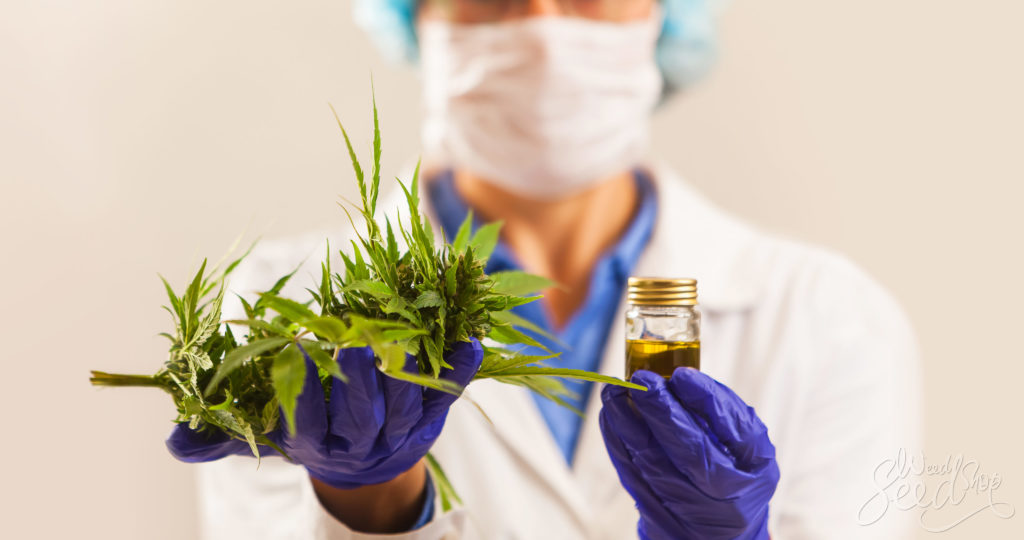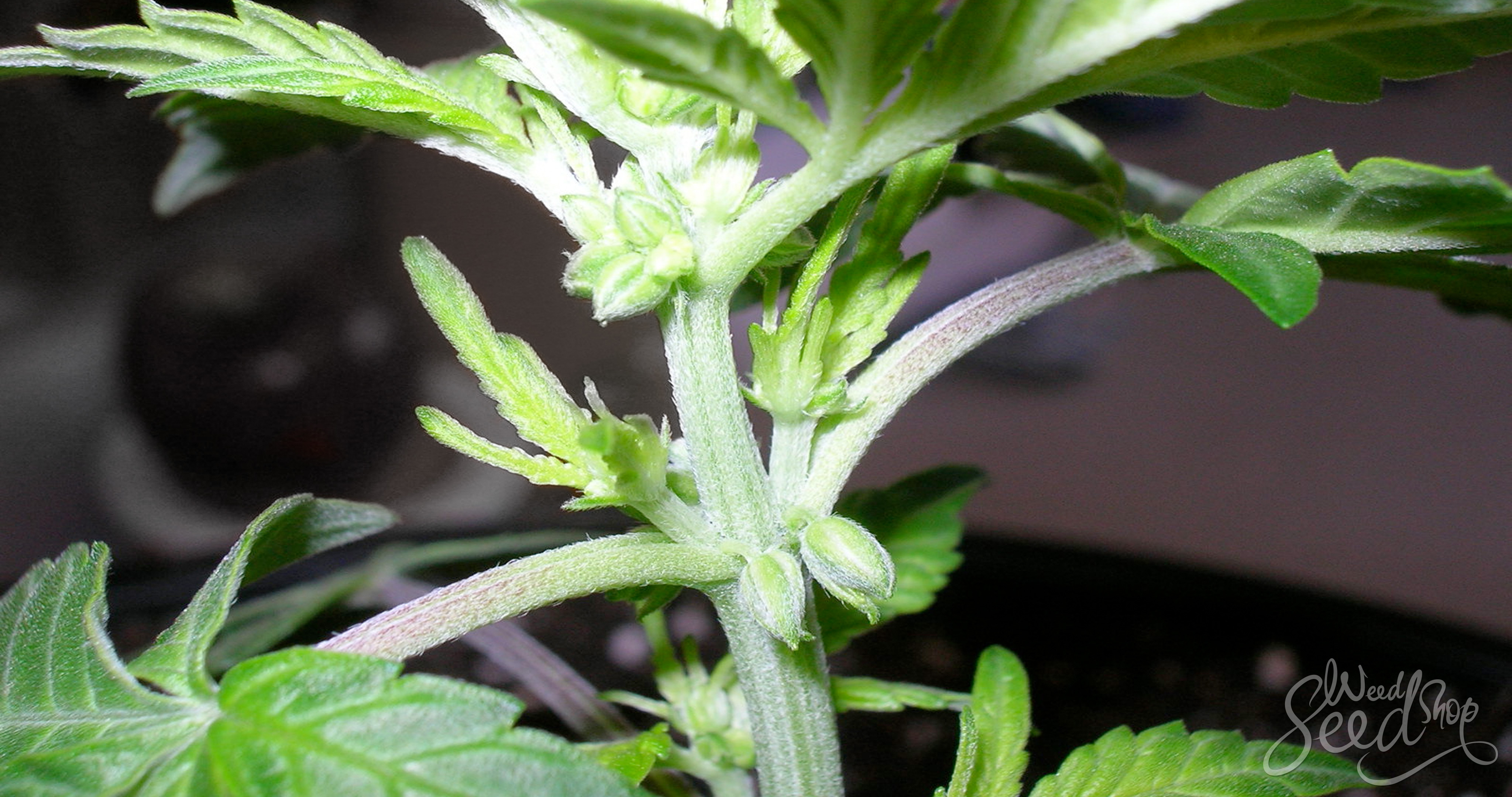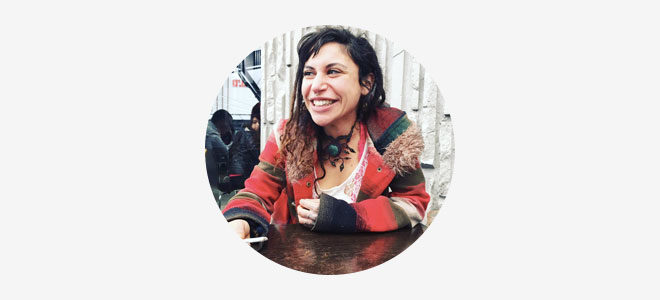From ancient herbal medicine to modern pharmaceuticals, there was a big change in the human attitude towards medicine. While pharmaceutical medicine had its benefit in scientific and biological understanding, does it offer the best holistic outcome for the patient? This article explores the journey from whole plant medicine to refined single compounds and the benefit of returning to a whole plant medicine.
At the very centre of herbal medicine is the concept of “whole plants”. It’s so hard for the western mind to wrap itself around the concept of whole plant medicine. I attribute this mainly to the fact that western medicine has been busying itself extracting and refining – until of course, we arrived at “the pill”.
When you really think about it, “the pill” hasn’t been around for all that long. We’ve been taking pills as medication for just over 100 years. Before that, our ancestors were completely into the idea of whole plant medicine.
It might be true that we were only into whole plants because we didn’t yet have the technology to extract and refine. However, what we are coming to learn is that there was definitely some wisdom in the concept of whole plant medicine.
Humans did it with basically everything: we turned the poppy flower into heroin, the coca leaf into cocaine and we even turned the sugar cane into a very fine granulated pill. Even the cannabis world is becoming seduced by the concept of extracting the components of cannabis into CBD-only medicine or THC-only medicine.
Some of the cannabis extracts available in the market are reaching almost complete purity (around 99% cannabinoid content). It is a far cry from the herbal material we used to once put in wine and drink or wrap up in a paper and smoke.
We might have ingested literally microdoses compared to the kind of hits we can take these days. So what’s that about? When did we stray so far from whole plant medicine and why? It’s time to do a little bit of regression and explore the importance of using the whole plant, and discover the beauty behind the entourage effect.
The birth of pharmaceutical medicine
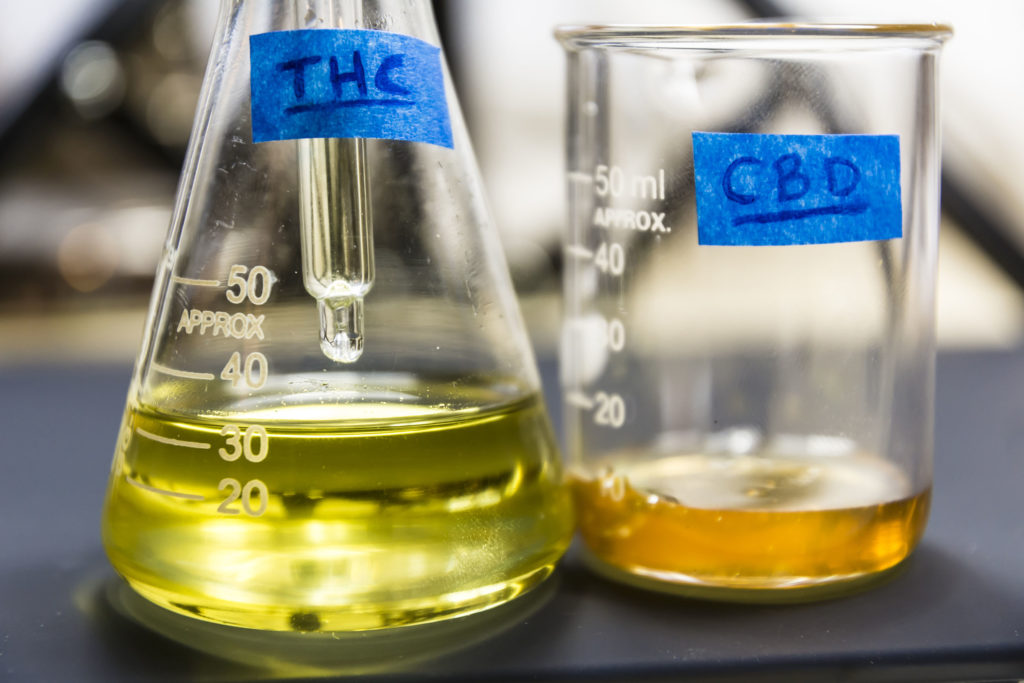
While the pharmaceutical industry was the backbone of a large amount of medical advancement and research, it is also when we began refining medicines down to single components.
Refined medicine was definitely not the way of our forefathers, who swore by using roots, leaves, flowers and sprouts as medicine. Even as far back as the pharmacopeia and apothecaries in the middle ages, we were prescribing herbs and herbal cocktails. So, when did we start pressing pills?
The pharmaceutical industry is said to have started when the scientific revolution of the 17th century met with the human’s ability to produce around the 18th century. We entered the information age – basically. Of course, the introduction of pharmaceutical medication also had something to do with the economy. It was very fine business.
Now, as a side note, it wasn’t all bad, of course. The discovery of penicillin as a medicine is probably one of the greatest in medical history. The advancement of pharmaceutical medicine is likely one of those things that distinguishes us from the rest of the animal kingdom. But it didn’t come without its downfalls.
The manufacture and sale of medicine possibly started in Germany with Merck, which started as a pharmacy in the 1700s. They sold alkaloids. Then there was the famous Beecham’s Pills, which opened a factory in 1859 for producing and patenting medicine in England.
The civil war taking place in the USA at that time meant there was a huge demand for antiseptics and painkillers, and the Germans weren’t afraid to take advantage of what was going on there. This was the beginning of Pfizer.
I’m going to make the rest short (because this is kind of the boring part). In the early 1900s aspirin was born. Post second world war, the UK developed something called a health-care system.
From there came regulations about what could and could not be deemed medicine – and that’s where things got convoluted. As much as people believe that the regulatory systems for medicine are positive, they started with a governing body deciding what was and was not medicinally valuable.
The development of a medical economy and a health-care system is what led to scientific research of medicine rather than anecdotal evidence. As much as this had its benefits for our practical knowledge of medicine, it didn’t necessarily serve patients – as we’ll continue to explore.
Plants basically fell off the radar as being considered medicine after the arrival of a healthcare system and regulating bodies. Governments started delegalizing – even criminalizing – certain plants, such as weed, because they were considered to have no medicinal value whatsoever. And this formed the general public opinion.
The entire concept of whole plant medicine was lost as we tried to make stronger and faster acting medicines. We began to desensitize ourselves by making more powerful and refined medicines.
Losing the magic of synergy
When we stepped away from whole plant medicine, the concept became obscure. How could a plant heal anything? It became so common to think that all we really needed to ingest was the active ingredient of something.
We began to consider everything else a huge waste of time. It’s kind of crazy when you think about it. We decided that about 90% of a plant’s material was fuzzy waste, and that only one tenth of it was worth using. We think nature’s pretty stupid, don’t we?
The thing that alchemists and herbalists never neglect to acknowledge is the synergy that is created by the mixture of things. Every herbalist will tell you that it is the unique mixture of compounds inside a plant that makes it a powerful medicine. The work of the many components of a plant creates this special something called synergy. Imagine mixing two things and effectively creating a third thing. That’s the point of herbal medicine.
Of course, Western medicine neglects this, reducing plants down to a single compound for ingestion. All of that synergy – that supportive energy – gets taken out of the equation completely.
In fact, most of the power gets lost. The synergy is essentially where the power lies for the active component to do its work. We are even heading this direction within the world of cannabis. Cannabis distillates are becoming popular because of how potent they are – but do they offer the best possible medical value?
The refinement of cocaine and opiates
When we lost the concept of synergy and whole plant medicine, we started to focus on getting high. Let us take the coca leaf, for example. It was once upon a time used by Andean people to deal with altitude sickness and to starve off the appetite while they worked hard in the mountains.
It was also used for a multitude of other health reasons, such as soothing an upset stomach and curing headaches. It even has entheogenic uses. But it doesn’t really make you high if you use the raw coca leaf. Perhaps you feel a rush of energy such as having a coffee, but you are by no means “tripping”.
One of the biggest black-market trades now has to do with cocaine, which is a very powerful and refined version of the coca leaf. And we all know that nothing about snorting cocaine is medicinal. Although topical use of cocaine offers medicinal impact, it is not largely used for this purpose. In fact, it has become the reason for many addictions, for bloodshed and for a violent black-market trade.
Opiates are another perfect example of what happens when we take the attention away from whole plant medicine and focus on the strength of immediate effect. We used to call this medicine opium, which is a gooey substance that comes from the centre of the poppy flower.
Opium had extremely sedative effects, giving pain relief to those who were injured or who had just undergone trauma or surgery. Now, the USA is fighting one of the biggest killers in the country – opiates. They are one of the biggest causes of death in the USA and the biggest contributor to pharmaceutical overdoses. We successfully turned a medicine into a poison.
How whole plant medicine works
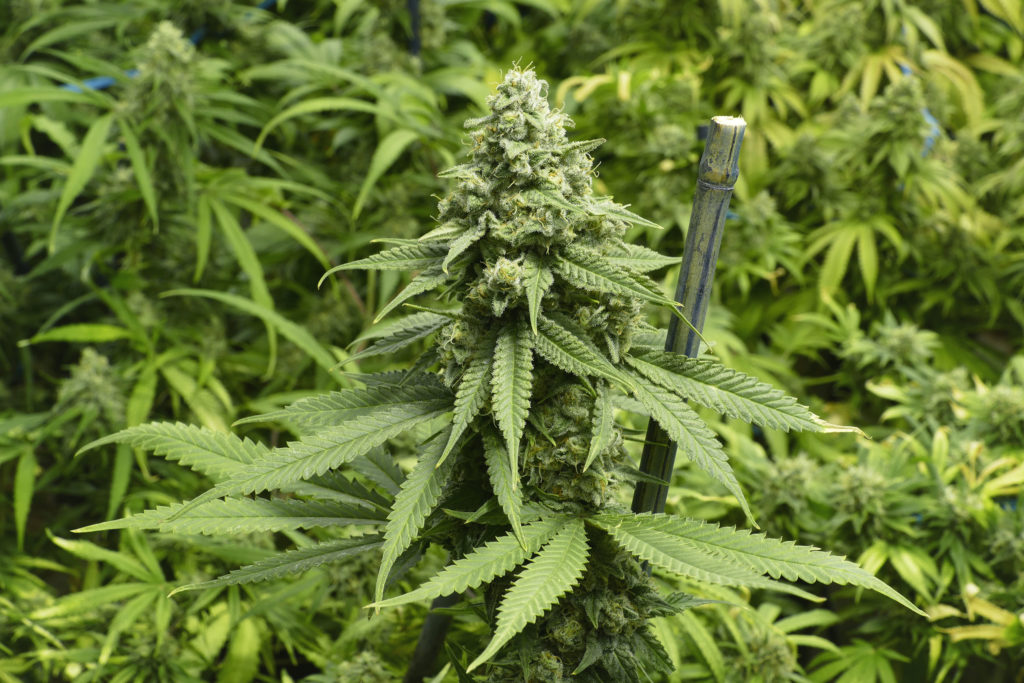
Herbalists believe that the synergy is the intelligence of the herb. The herb itself is a complex mixture of substances within a whole plant that theoretically creates its synergistic, medicinal effect. Rather than treating specific symptoms, whole plants are there to treat imbalances in the systems of the body that are actually causing the disease.
The difference between whole plant medicine and the majority of western medicine is that whole plant medicine doesn’t work right away in most cases. It works little by little, “nudging a person into wellness”, as was said by Isla Burgess. It means that the person has to be a little bit more conscious of their condition before it becomes an emergency. And it also requires patience on the person’s part.
The same is true of cannabis. It has the potential to change someone’s life over time, if the commitment is given to the whole plant medicine. The effect of whole plant medicine can be seen as working in a subtle way, but having long lasting effects. On the other hand, extracts might work very strongly in their immediate effects, but can put long-lasting stress on the body.
The power in the entourage effect
In the case of cannabis, this synergy is called the entourage effect. It is the way that all the cannabinoids within the plant work together to give it its healing power. That’s not to say that here is no healing power whatsoever in medicine that only contains a single cannabinoid. But in general, the plant is more powerful when the components are working synergistically.
This is all due to the fact that geneticists believe that the characteristics of each cannabinoid are expressed greater when they are all working in some sort of chemical concert. It is like witnessing a violin playing its concert part solo and then witnessing it all together.
Another way to think of the entourage effect is the power of people in a social group. We often see the personality characteristics of each person more clearly when they are interacting with their “entourage”. There is something about a “whole” that lets each “piece” express itself the finest.
The advantages and disadvantages of single cannabinoid medicine
It has become increasingly popular to search for strains of weed that contain high amounts of THC. It is also becoming more and more popular for patients to seek out CBD-only medicine, whether it be oil or buds.
There are specific reasons that people seek out CBD-only medicine, such as the desire to treat children without psychoactive side-effects. However, the more we lean towards isolating cannabinoids, the higher the potential is for losing the real medicinal intelligence of the plant.
Over the last few decades, we have been manufacturing strains of weed to contain high THC levels because we have wanted to get more stoned. Think about it. Did anyone really take a dab to cure a headache? I’m not saying there’s anything wrong with getting high, but that it might not be medicinal cannabis if it contains huge levels of THC.
On the other hand, CBD-only medicine came out as a way to treat people who wanted to avoid getting high altogether. Some medical cannabis patients love the medicinal value they receive, but they absolutely hate being stoned – welcome CBD oil.
In terms of medical value, CBD-only medicines can offer patients a lot. In fact, they can even be fast acting, such as in the case of children with epilepsy. CBD can relax the seizures of a child within minutes. It’s still so early for us to see what the effects are over long periods of use, and whether patients are able to fully cure themselves of epilepsy.
The benefit of CBD-only medicine is obviously that it is non-psychoactive, making it available to children as well as elderly people – or even people who just dislike the effects of THC.
It’s all in the alchemy
What we are finally missing in the world of cannabis is the encouragement of using it alongside other healthy habits. Whether it is mixing it with other herbs, with good diets or with other lifestyle changes, it’s all in the mixing!
It feels like that is sometimes exactly what weed is trying to teach everybody – that it’s never really one thing that does the healing, but an alchemical reaction of many things. Weed combined with a good diet is going to be better than weed on its own. It is the mixture of several herbs or medicines that makes someone’s healing program individualized.
This could also be where we are missing the point with a lot of medical cannabis patients. It’s one thing to prescribe someone cannabis for cluster headaches, but another thing to combine that with a healthy diet and regular exercise.
These are the kinds of changes that whole plant medicine can affect in terms of changing somebody’s life. This demonstrates the power of combining medicinal products with lifestyle changes, rather than just isolating compounds and considering ”the job done”.
It’s important to point out that I have no judgment or problem with high THC medicine – or distillates, or extracts or dabbing. All these products serve a purpose of their own. But there is a misconception that by isolating the cannabinoids and then dosing them in huge amounts means that we are receiving more medicinal value.
It simply isn’t true.
We open up the potential of plant medicine when we take it as a complete organism, functioning in a beautiful synergistic way that is the entourage effect. And naturally, by isolating compounds, we potentially lose some of the medicinal value. In the world of whole plant medicine, you can connect with the knowledge of the alchemist and the herbalist.





